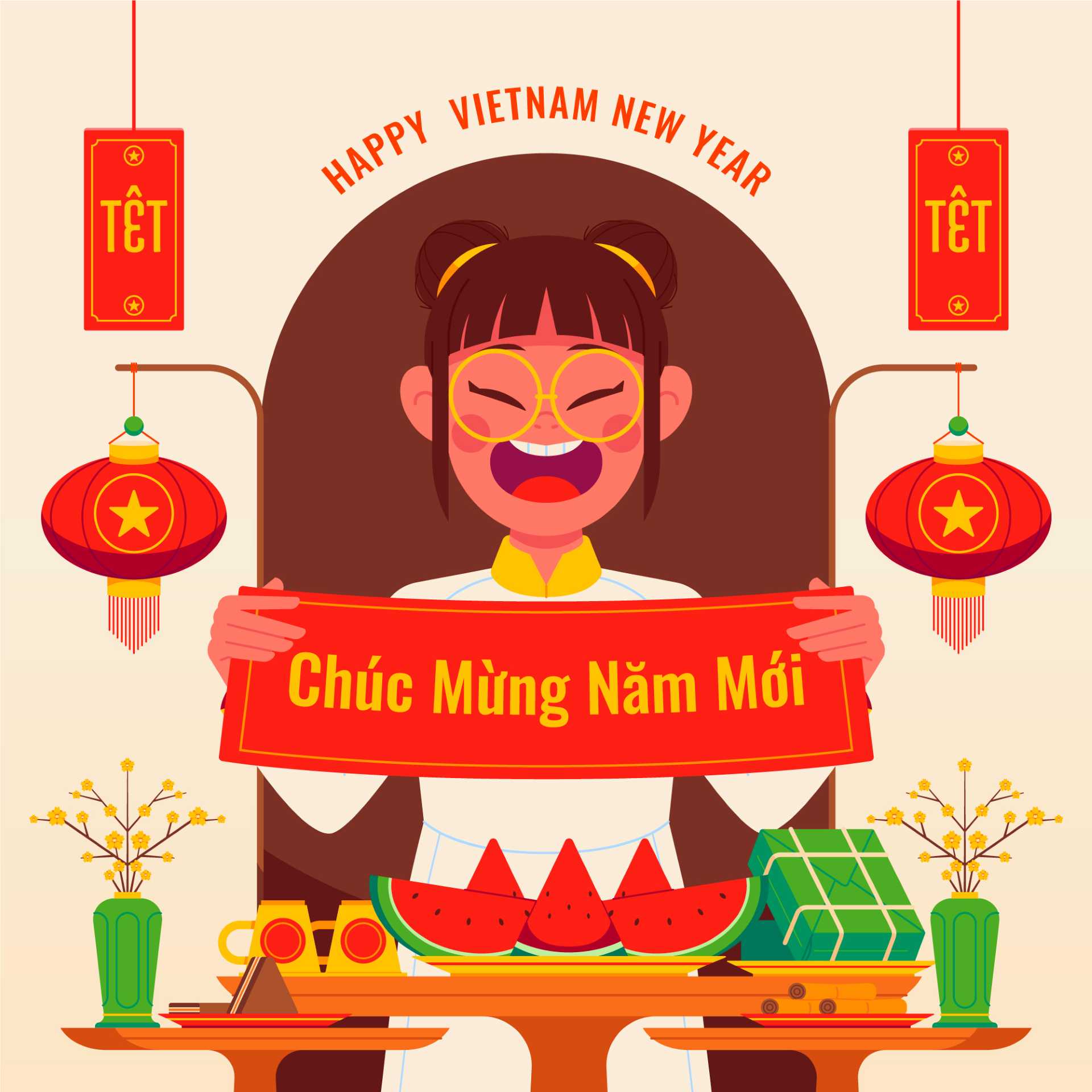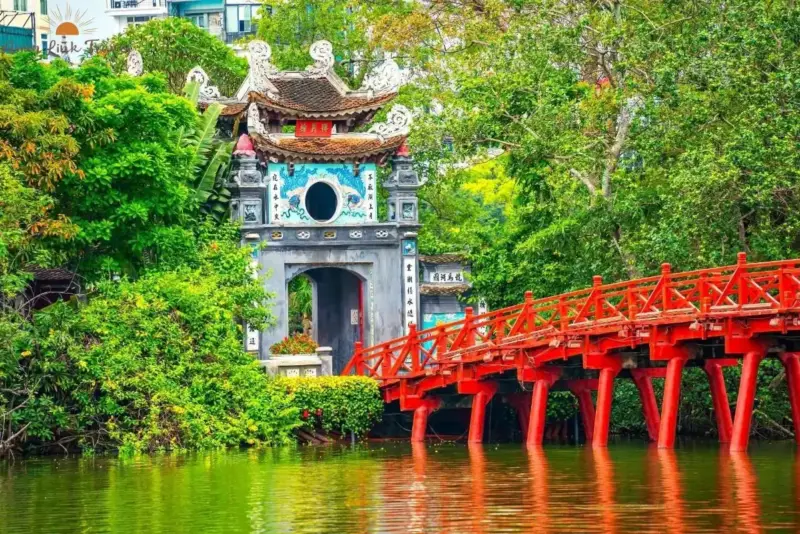
Tết Nguyên Đán is Vietnamese New Year
Vietnamese New Year: A Comprehensive Guide to Tet Holiday
The Vietnamese New Year, also known as Tet Nguyen Dan or simply Tet, is the most significant and widely celebrated holiday in Vietnam. Rooted deeply in cultural and spiritual traditions, Tet marks the arrival of spring based on the lunar calendar, often falling between late January and mid-February. Celebrated with grandeur, vibrant festivities, and cherished customs, the Vietnamese New Year is a time for family reunions, ancestor worship, and fresh beginnings.
Origins and Historical Significance
The origins of the Vietnamese New Year date back thousands of years and are heavily influenced by Chinese traditions. Over time, Tet has evolved into a unique celebration reflecting Vietnam’s rich heritage. The term “Tet Nguyen Dan” means “Feast of the First Morning of the First Day,” emphasizing the importance of the lunar new year as a time for renewal and hope.
Historically, Tet was a period for farmers to rest and rejoice after a year of hard work in the rice fields. Today, it remains a time for reflection, gratitude, and setting intentions for the year ahead.
Preparations for Vietnamese New Year
Preparations for the Vietnamese New Year begin weeks in advance. Families thoroughly clean their homes to sweep away bad luck and make room for good fortune. It’s a symbolic act representing purification and a fresh start.
Homes are decorated with:
- Peach blossoms (in the North) and apricot blossoms (in the South)
- Kumquat trees symbolizing prosperity
- Red and gold ornaments for good luck
- Calligraphy featuring auspicious phrases
Shopping is also a major part of Tet preparations. Families stock up on food, new clothes, and gifts. Traditional foods are prepared in abundance, ensuring a festive and hospitable atmosphere.
Traditional Foods of Tet
Food plays a central role in the Vietnamese New Year celebration. Each dish carries symbolic meaning and is prepared with great care. Some of the most iconic Tet dishes include:
- Banh Chung (square sticky rice cake) in the North and Banh Tet (cylindrical sticky rice cake) in the South
- Gio lua (Vietnamese pork sausage)
- Xoi gac (sticky rice with red gac fruit)
- Mut Tet (candied fruits and seeds)
- Pickled onions and vegetables
These foods not only nourish the body but also symbolize luck, longevity, and prosperity.
Customs and Traditions
The customs associated with the Vietnamese New Year are steeped in cultural and spiritual beliefs:
- Family Reunions: Tet is a time when family members, even those living far away, make it a point to return home.
- Ancestor Worship: Families prepare altars with offerings of food, flowers, and incense to honor their ancestors.
- Giao Thua (New Year’s Eve): This sacred moment marks the transition from the old year to the new. It often includes prayers and the lighting of firecrackers.
- First Visitor (Xong Dat): The first person to enter a home in the new year is believed to determine the family’s fortune for the year. This tradition is taken seriously and often pre-arranged.
- Giving and Receiving Li Xi: Red envelopes containing money are given to children and the elderly as a token of luck and blessings.
- Tet Greetings: People greet each other with phrases like “Chuc Mung Nam Moi” (Happy New Year) and “An Khang Thinh Vuong” (Security, good health, and prosperity).
Tet Festival Activities
Public celebrations during the Vietnamese New Year are colorful and lively. Streets are adorned with lights, flowers, and banners. Traditional performances such as:
- Lion dances
- Dragon dances
- Folk music and games
These activities create a festive ambiance and are enjoyed by locals and tourists alike. Fireworks displays are also a staple, believed to ward off evil spirits and welcome the new year with a bang.
Regional Differences in Celebrations
While Tet is celebrated throughout Vietnam, customs can vary by region:
- Northern Vietnam emphasizes traditional rituals and foods like Banh Chung.
- Central Vietnam includes unique practices such as offering sticky rice with mung bean.
- Southern Vietnam features Banh Tet and a more relaxed approach to certain traditions.
These regional differences add to the richness of the Vietnamese New Year celebration.
The Spiritual Meaning of Tet
At its core, the Vietnamese New Year is a deeply spiritual time. It’s a period for letting go of past grievances, seeking forgiveness, and starting anew with optimism. The emphasis on ancestor worship reflects a profound respect for family lineage and heritage.
Many also visit pagodas and temples to pray for health, wealth, and happiness. Burning incense, making offerings, and consulting fortune-tellers are common practices during the early days of Tet.
Tet in Modern Vietnam
In modern Vietnam, the Vietnamese New Year retains its traditional essence while adapting to contemporary lifestyles. Cities may be bustling with parades and fireworks, but many people still observe old customs within their homes.
Technology has also influenced Tet. Virtual greetings, e-red envelopes, and online shopping are becoming increasingly popular, especially among the younger generation.
Despite these changes, the heart of Tet remains the same: family, gratitude, and hope for a prosperous future.
How Long Does Tet Last?
Officially, the Vietnamese New Year holiday lasts for seven days. However, preparations and post-Tet festivities can stretch the celebration to nearly a month.
The first three days are considered the most important:
- Day 1: Reserved for family
- Day 2: Visiting friends and colleagues
- Day 3: Visiting teachers and extended family
Business activities usually resume after the seventh day, although some rural areas may celebrate even longer.
Vietnamese New Year vs. Chinese New Year
Although both celebrations share a lunar calendar origin, there are distinct differences:
- Different traditional foods
- Variations in zodiac animal interpretations
- Unique customs and rituals
Understanding these differences helps appreciate the uniqueness of the Vietnamese New Year as a culturally rich and independent tradition.
Tips for Tourists During Tet
If you plan to visit Vietnam during the Vietnamese New Year, keep in mind:
- Book accommodations early as travel peaks during Tet
- Expect closures: Many shops and restaurants may close
- Participate respectfully: Learn basic Tet greetings and be mindful of local customs
Despite the challenges, experiencing Tet in Vietnam is a once-in-a-lifetime cultural immersion.
Conclusion
The Vietnamese New Year is more than just a celebration—it’s a profound expression of Vietnamese culture, family values, and spiritual beliefs. From the bustling preparations to the quiet moments of reflection, Tet offers a meaningful start to the new lunar year.
Whether you’re a local or a visitor, embracing the customs and joys of the Vietnamese New Year can provide not only a deeper understanding of Vietnam but also a renewed sense of hope and connection.
As you hear the firecrackers pop and exchange greetings like “Chuc Mung Nam Moi,” remember that the spirit of Tet is all about renewal, respect, and rejoicing in the blessings of life.





